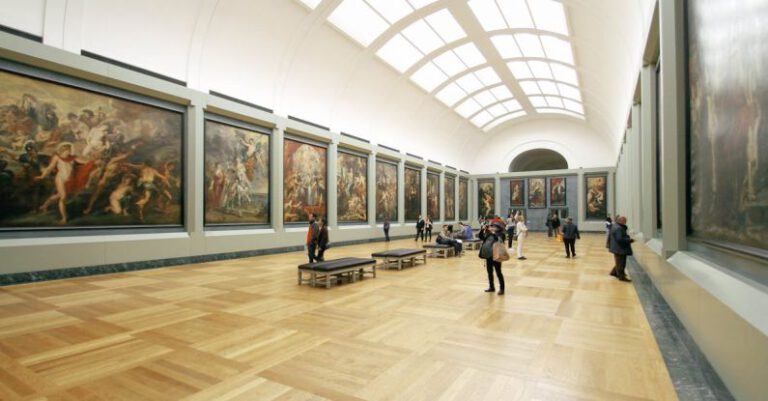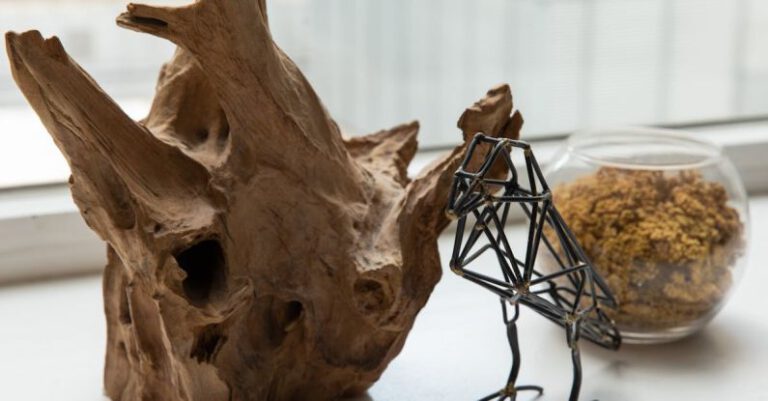
Curating a successful museum exhibit is a meticulous and rewarding endeavor that requires a thoughtful approach to showcasing artifacts, artworks, or historical pieces in a compelling and educational manner. As a curator, your goal is to engage and captivate visitors while conveying a coherent narrative or theme. To achieve this, careful planning, attention to detail, and creativity are essential. In this article, we will explore the key steps and strategies to curate a successful museum exhibit that leaves a lasting impact on your audience.
Understanding Your Audience
Before diving into the curation process, it is crucial to have a clear understanding of your target audience. Consider the demographics, interests, and knowledge level of the visitors who will be attending the exhibit. Tailoring the content and presentation to cater to your audience’s preferences and expectations will help create a more engaging and meaningful experience for them.
Choosing a Compelling Theme
A successful museum exhibit is built around a central theme or concept that ties the pieces together cohesively. When selecting a theme, consider its relevance, uniqueness, and potential to spark curiosity and intrigue among visitors. Whether it is a specific historical period, artistic movement, or cultural phenomenon, the theme should serve as a guiding principle for curating the exhibit and shaping the visitor’s journey through the space.
Creating a Narrative Structure
Once you have identified a compelling theme, it is essential to develop a narrative structure that guides visitors through the exhibit in a logical and engaging manner. Think of the exhibit as a story with a beginning, middle, and end, where each section builds upon the previous one to create a cohesive and immersive experience. Introduce the theme effectively, highlight key points of interest, and offer meaningful insights that deepen the visitor’s understanding of the subject matter.
Selection of Artifacts and Artworks
The selection of artifacts, artworks, or objects to be featured in the exhibit is a critical aspect of the curation process. Choose pieces that align with the theme and narrative you have established, ensuring a diverse and compelling mix that appeals to a wide range of interests. Consider the historical significance, cultural relevance, and visual impact of each piece, aiming to create a balanced and thought-provoking display that resonates with visitors.
Effective Display and Presentation
How you present and display the artifacts in the exhibit plays a significant role in capturing the visitor’s attention and enhancing their overall experience. Pay attention to the layout, lighting, and spacing of the pieces to create a visually appealing and accessible environment. Utilize interactive elements, multimedia displays, and informative labels to provide context and engage visitors on a deeper level.
Engaging Interpretive Materials
In addition to the artifacts themselves, the interpretive materials accompanying the exhibit are essential for conveying information and enriching the visitor’s experience. Develop clear and concise descriptions, labels, and supplementary materials that offer insight into the significance of each piece and its connection to the overall theme. Interactive elements, audio guides, and hands-on activities can further enhance the educational value and interactivity of the exhibit.
Promoting Visitor Engagement
A successful museum exhibit goes beyond displaying artifacts; it actively engages visitors and encourages them to interact with the content. Incorporate interactive elements such as touchscreens, virtual reality experiences, or hands-on activities that invite visitors to participate and learn actively. Create opportunities for dialogue, reflection, and personal connection with the exhibit to foster a memorable and impactful experience for all visitors.
Evaluating and Iterating
After the exhibit has opened to the public, it is essential to evaluate its success and gather feedback from visitors to inform future curation endeavors. Monitor visitor engagement, feedback, and attendance levels to assess the impact of the exhibit and identify areas for improvement. Use this information to iterate on your curation strategies, refine your approach, and continue to create compelling and successful museum exhibits that resonate with audiences.
In conclusion, curating a successful museum exhibit requires careful planning, creativity, and a deep understanding of your audience and subject matter. By following these key steps and strategies, you can create a captivating and educational experience that leaves a lasting impression on visitors and enhances their appreciation for art, history, and culture. Embrace the challenge of curating a museum exhibit as an opportunity to inspire, educate, and engage audiences in meaningful ways.





